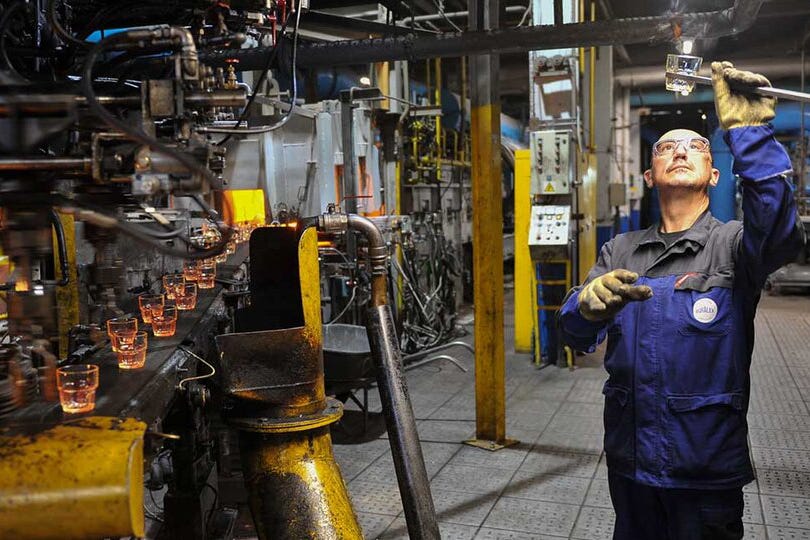Duralex Glasses
Duralex glasses are a design classic – sturdy, stylish and instantly recognisable.
Not everyone is a fan of stem ware [Ed: Add me to that list.] – and there’s something pure and very honest about drinking wine from a Duralex glass, don’t you think? To quote Michael Sullivan from The New York Times Wirecutter in January 2024:
“The Duralex Picardie tu…



